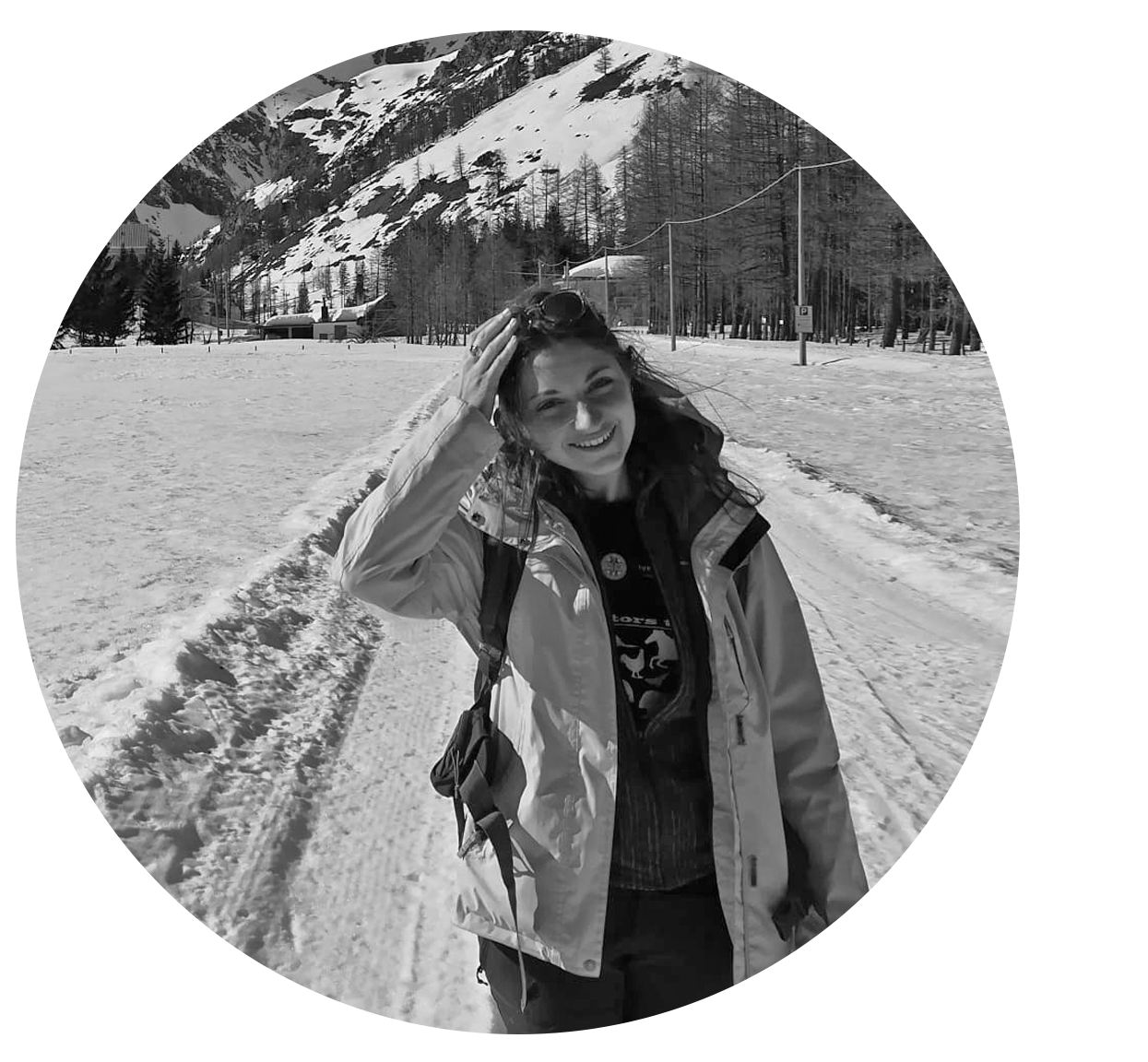
This web page contains all the information on this project. Please read the survey guide below before filling out the survey, link at the bottom of the page.
The objective of this research is to study the sanitary status of wild Caprinae (tahr and chamois) in New Zealand, with a special focus on the occurrence and dynamics of infectious keratoconjunctivitis (IKC) or Pinkeye, an outbreak disease with a scenic clinical presentation.
Although chamois and tahr are abundant in New Zealand and been subject to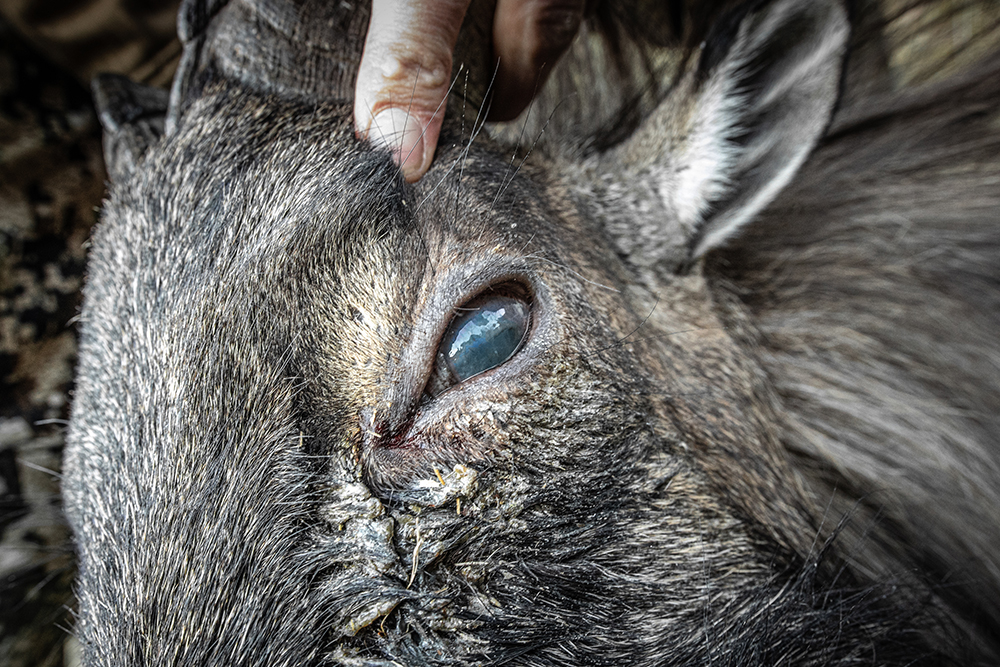 hunting and population control plans since their introduction in the early 1900's, they have only occasionally been the object of study as far as transmissible diseases are concerned. The information available in the official literature is currently very scarce and rather dated. In Europe, IKC has been the subject of numerous field and laboratory investigations that, over time, have clarified its clinical, epidemiology and etiology, as well as its impact at the population level. Outside Europe, the knowledge on IKC in native mountain ungulates is as scarce as it is in NZ.
hunting and population control plans since their introduction in the early 1900's, they have only occasionally been the object of study as far as transmissible diseases are concerned. The information available in the official literature is currently very scarce and rather dated. In Europe, IKC has been the subject of numerous field and laboratory investigations that, over time, have clarified its clinical, epidemiology and etiology, as well as its impact at the population level. Outside Europe, the knowledge on IKC in native mountain ungulates is as scarce as it is in NZ.
The term “Citizen Science” is well suited to rectifying this situation. While there are very few citizen science projects reporting abnormal mortality episodes in wild animals due to limitations such as appeal of the topic for the average citizen, a large body of evidence shows that interest groups can be useful for collecting this type of information.
In this case, local hunters will represent the foundation of research development.
Through their experience and time spent in the field in direct connection with wildlife, we could work with exhaustive information to better understand the existence and the dynamics of possible outbreak diseases.
Respondents will be asked to fill out a digital form and to contribute, where possible, photos and videos.
THE SURVEY
A survey will be used to collect information on individual cases and/or outbreaks of IKC observed in chamois and tahr in New Zealand since the year 2000. A dashboard of data and graphics will be regularly updated and available for contributors to track research evolution and record ongoing results.
*All material will be validated by a panel of four veterinarians with expertise in IKC in mountain ungulates.
SURVEY CRITICAL QUESTIONS GUIDE
Below are some of the most important questions in this survey, please take a moment to look at what they are about.
Question 9 - LESIONS OBSERVED
Select the image(s) below that better describe your observation. More than one image can be selected.

Question 10 - ADDITIONAL GENERAL SIGNS
Provide details on the behaviour of the observed animals: select the image(s) below that better describe the animal observed. Please leave this question empty if no specific behaviour is observed.
STAGGERING:
Presence of abnormal, uncoordinated movements. Walking is hesitant and appears to be ‘not ordered’.
CIRCLING:
The animal travels in circular motions to navigate a space.
NOT ESCAPING:
Drastically reduced escaping distance, no significant reactions when the animal is approached.
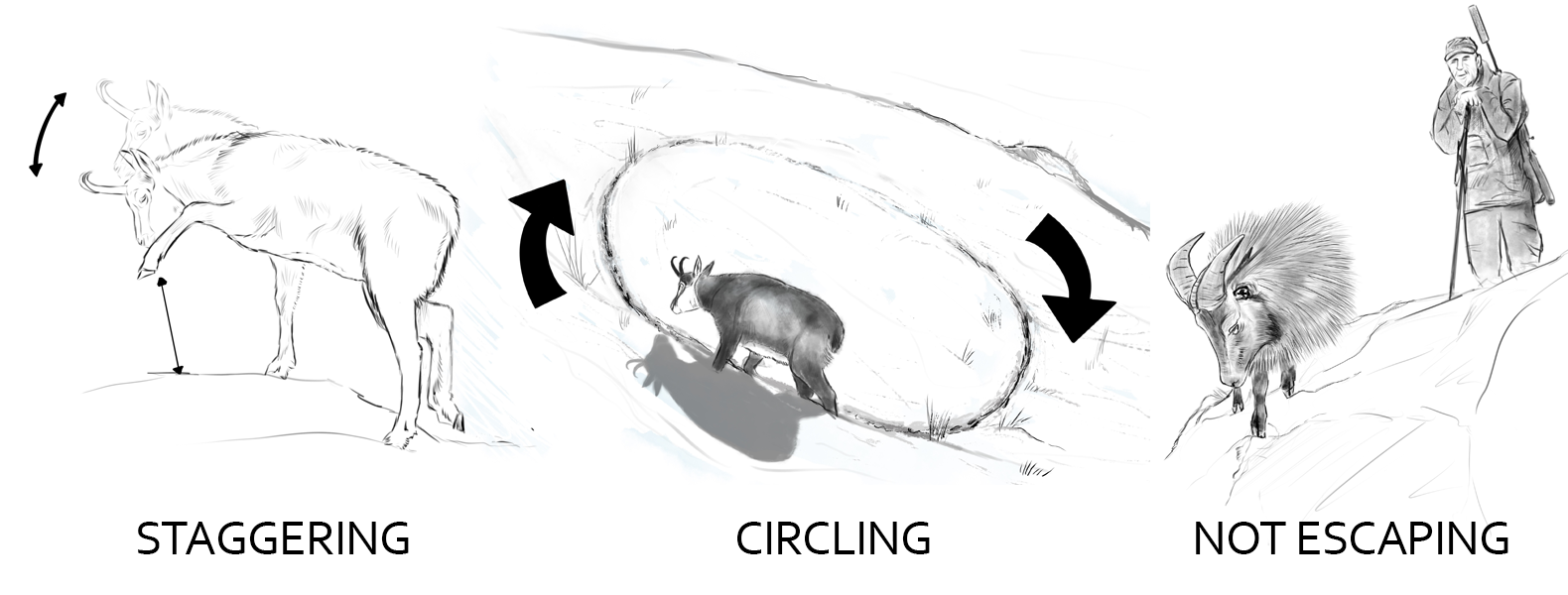
Question - 12 LOCATION
Provide details on the location of the sick animal: drag the pin on the observation map and double click it. You can also type the latitude and longitude. Precise location is not required, just general area. However, the more accurate the location provided - the more reliable the mapping of disease distribution.

The research team thanks you for your interest and contributions to this research.
RESEARCH TEAM
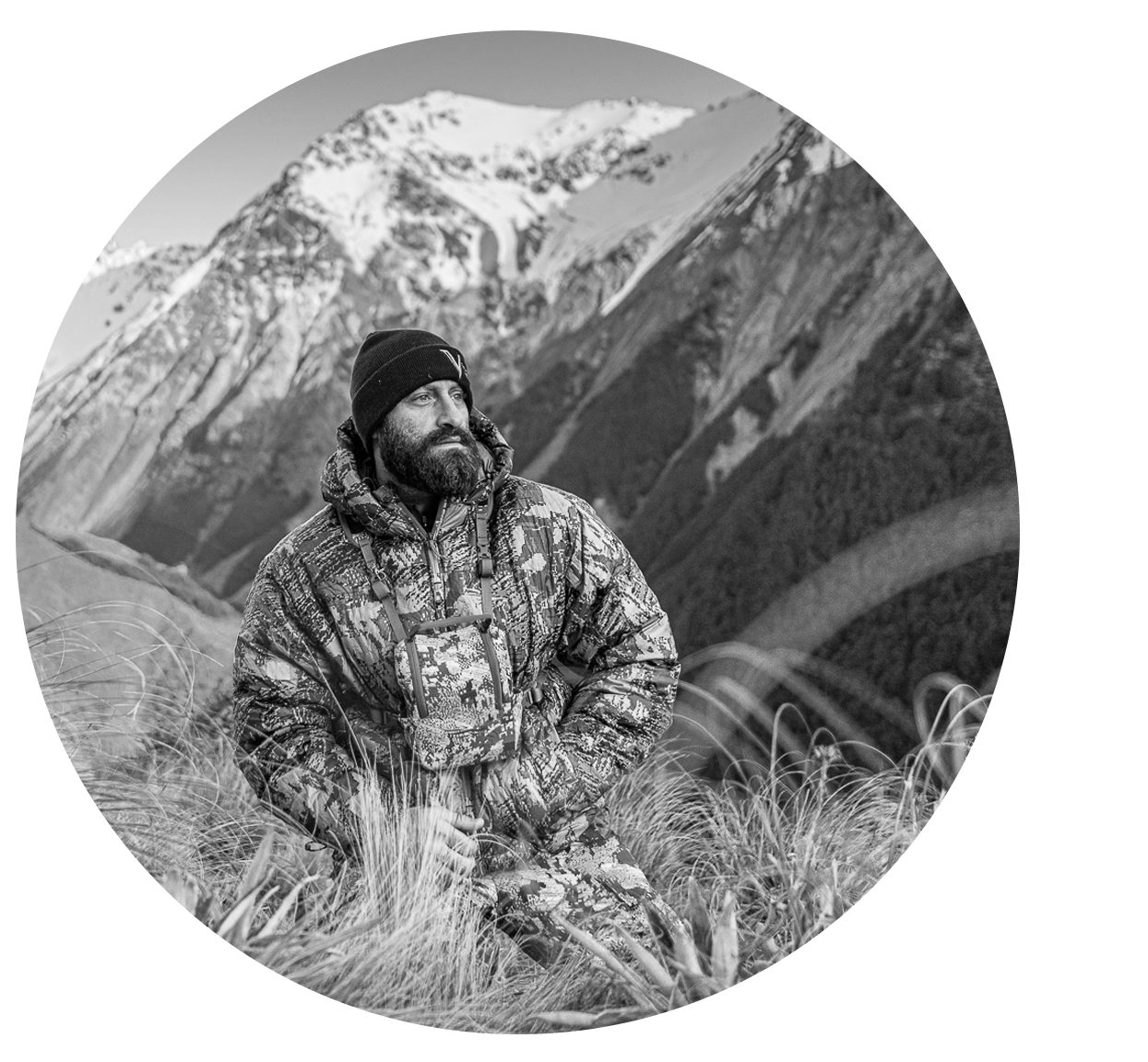
FRANCESCO FORMISANO
Francesco is a veterinarian surgeon specializing in large animals. He co-owns a clinic in rural France focusing on agricultural livestock. Originally from Italy, Francesco completed his Masters degree in Veterinary Sciences at the University of Torino. His thesis entitled, “Contribution on the causes of mortality in wild ungulates in North-Western Italy” involved conducting 600 autopsies on wild ungulates from the Italian alps to determine their most frequent and fatal pathologies. Today, Francesco’s professional interests and personal passion in sustainable hunting and conservation collide, culminating in a move to New Zealand to hunt and study the Himalayan Tahr under the "Altitude and Trails" banner - a collaborative and educational hunting lifestyle project he started in 2017. Recognizing the potential contribution of fellow hunters as citizen science, Francesco co-founded the Pink Eye Project with Luca Rossi and Paolo Tizzani to explore and discover improved management of mountain ungulates.
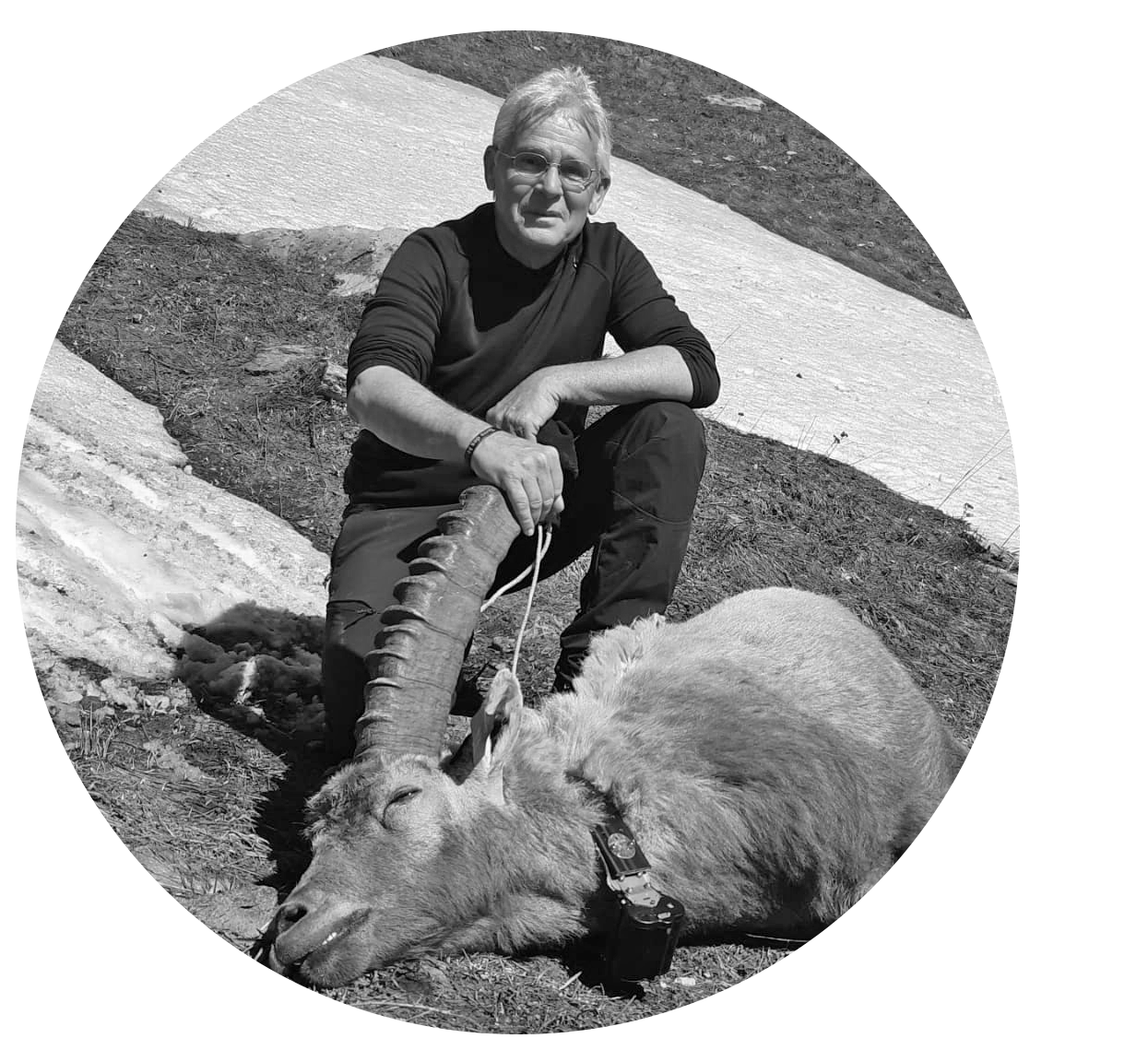
LUCA ROSSI
Luca is Full Professor at the Department of Veterinary Sciences, University of Torino since more than 20 years. He is Lecturer in veterinary parasitology, ecopathology and wildlife management with special expertise on mountain Ungulates. His research is focused on transmissible diseases and parasites of wild Caprinae, from the field to molecular epidemiology. Sarcoptic mange in free ranging Rupicapra spp. and Capra spp. is his favourite model. During his long academic life, he's been consultant of OIE, Anses and other conservation agencies on matters related to transmissible diseases of mountain wildlife. He's been co-chairman and currently the Secretary of the GEESFM (Groupe d’Etudes sur l’Ecopathologie de la Faune Sauvage de Montagne), a dynamic association engaged in promoting interdisciplinary research and visions on mountain wildlife health and conservation. He is also member of the IUCN Caprinae Specialist Group.
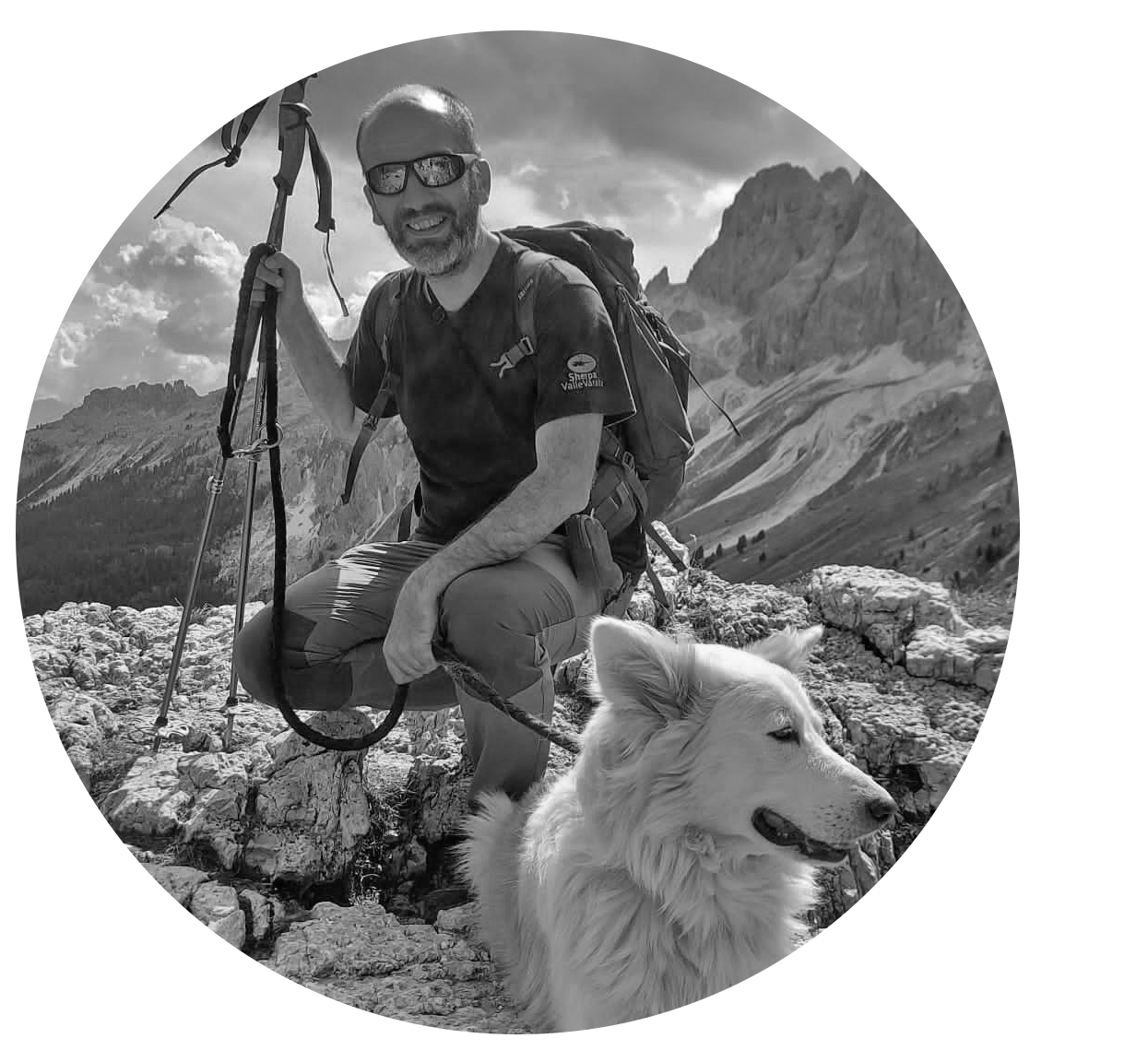
PAOLO TIZZANI
Paolo Tizzani is adjunct professor at the University of Turin, Department of Veterinary Sciences. Paolo research activity particularly focuses on the dynamics of diseases in wild ungulate. Paolo has carried out studies at both national (Italy) and international (Europe, Africa, Asia and the Americas) level, on the interaction among pathogens, wildlife and the environment. Among its more recent research work it is worthy to highlight the “Epidemiological approach to nematode polyparasitism occurring in a sympatric wild ruminant multi-host scenario” recently published on the Journal of helminthology.
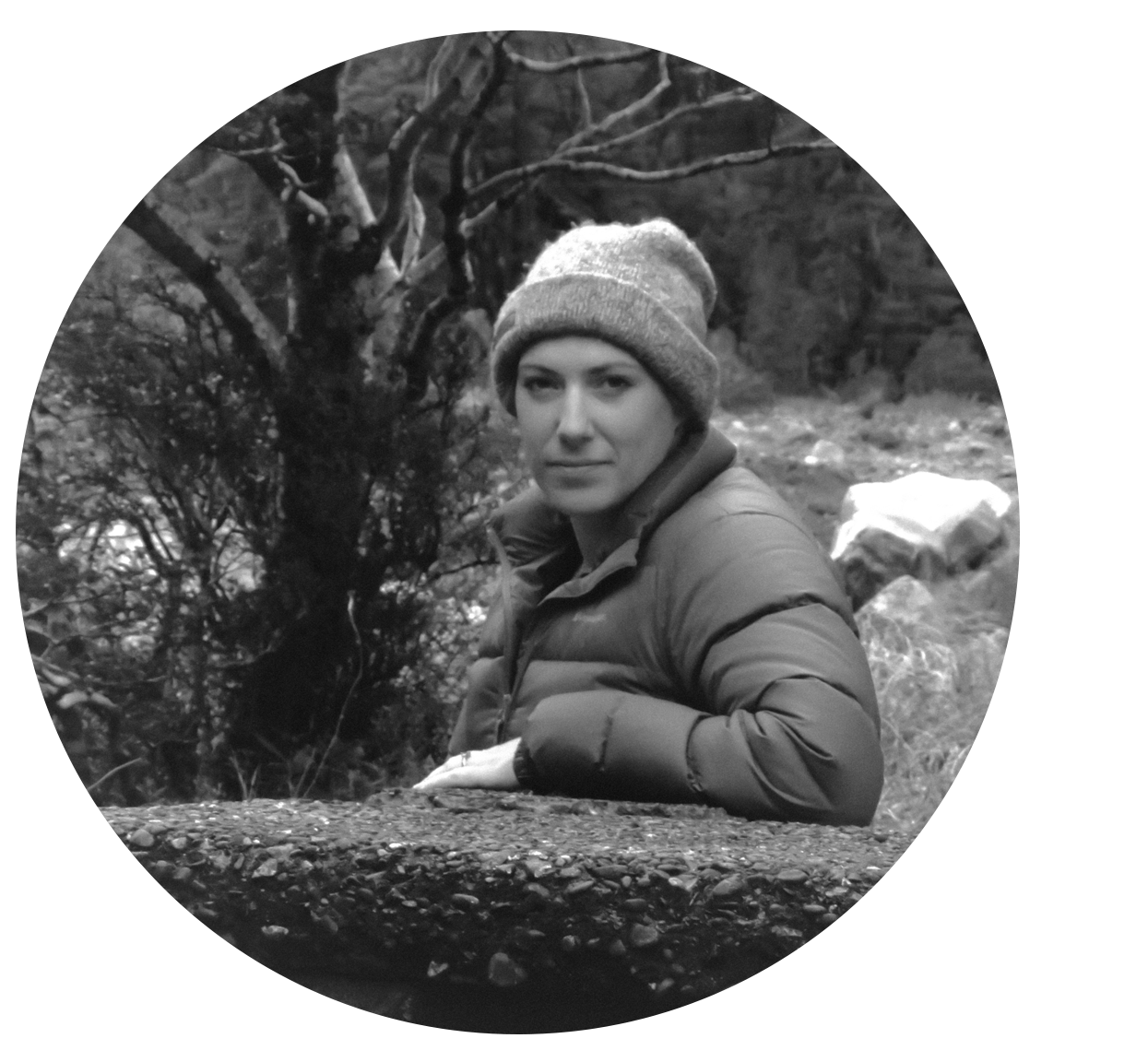
KAYLYN PINNEY
Kaylyn is the current chair of the New Zealand Tahr Foundation. She is also a PhD candidate at Lincoln University, New Zealand, Department of Pest Management and Conservation, focusing on the Wakatipu white-tailed deer. Her research interests include wild ungulate biology and management, and the role of citizens in sustainable management of ecosystems. She originally completed her undergraduate degree in microbiology and genetics and her Master’s degree in veterinary virology and epidemiology at Massey University, Palmerston North, before moving to the South Island to focus on her true passion, New Zealand’s game animals. Her goal is to see New Zealand’s game animals managed sustainably as a valued resource and become universally appreciated as an important part of New Zealand’s biodiversity, culture, and heritage.
BARBARA MORONI
Barbara is a PhD candidate at the Veterinary Science Department of the University of Turin, Italy.Her research interests include parasitology and wildlife eco-pathology, with a focus on epidemiology and control of major parasitic diseases in domestic animals and wildlife. She is passionate about wildlife parasitology since her postgraduate internship in Finland, where she spent one year of research on gastrointestinal parasites in reindeer, after finishing her MSc degree in Veterinary Medicine. Her current project is about molecular characterization of Sarcoptes scabiei in European mammal species.

